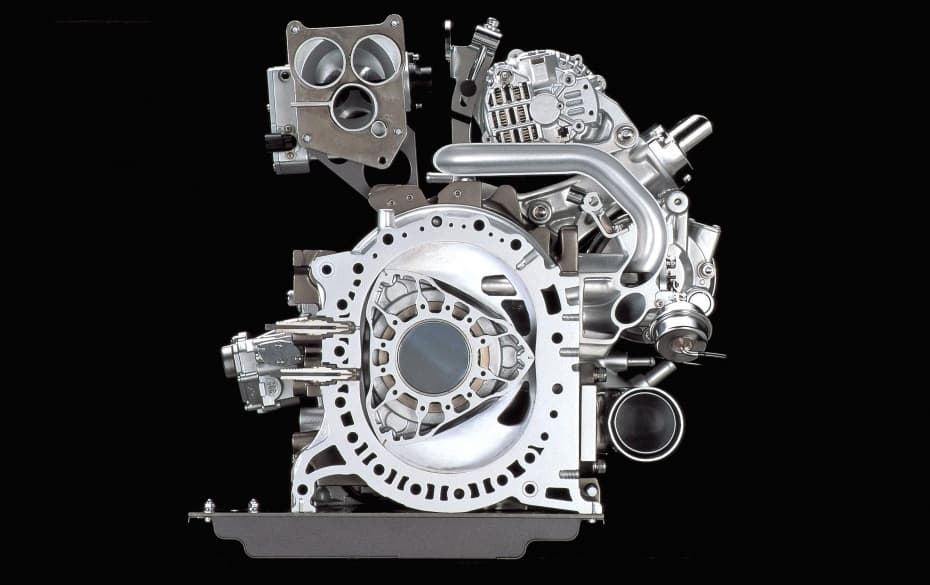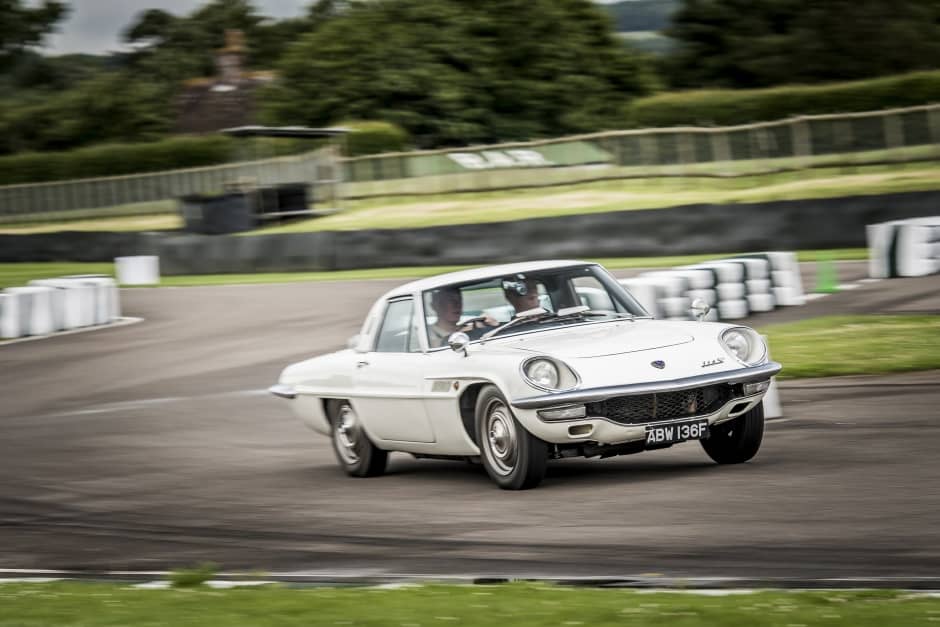
The company plans to enter the EV market in 2020 with two new cars: one powered solely by battery and the other pairing an electric powertrain with a rotary engine that will be used to recharge the battery when necessary to increase the vehicle's driving range.
Although precise technical details have not yet been revealed, the engine is expected to be a variant of the Wankel rotary engine, a design in which the four strokes of an Otto cycle piston engine occur in the space between a three-sided symmetric rotor and the inside of a housing.
The key attraction of an engine based on this design is its high power to weight ratio – a characteristic that made it popular with designers of some of the first fighter aircraft - but its wider uptake has been hampered by maintenance issues and concerns over fuel and oil consumption.
Mazda claims that the relatively light weight and small size of a rotary engine make it ideal for a so-called shared packaging layout. It added that the engine will be able to run on liquefied petroleum gas and provide a source of electricity in emergencies.
The firm is one of a handful of car-makers to seriously develop rotary engine technology. It launched its first rotary powered vehicle – the Cosmo 110S – back in 1967, and used the technology in the RX-8 sports car until it was discontinued in 2012.

Other companies to experiment with the technology in recent years include Audi, which showcased a rotary engine range-extender on its A1 E-Tron concept car back in 2010; and Lichfield-based Advanced Innovative Engineering which, as reported by The Engineer, recently carried out the first ever demonstration of a rotary engine on a British-built car.
The latest announcement is part of Mazda’s so-called “Sustainable Zoom-Zoom 2030” project, an effort to ensure that 95 per cent of the vehicles it produces by 2030 will feature some form of electrification alongside internal combustion engines. Full electric vehicles will account for the remaining 5 per cent.





Poll: Should the UK’s railways be renationalised?
Rail passenger numbers declined from 1.27 million in 1946 to 735,000 in 1994 a fall of 42% over 49 years. In 2019 the last pre-Covid year the number...